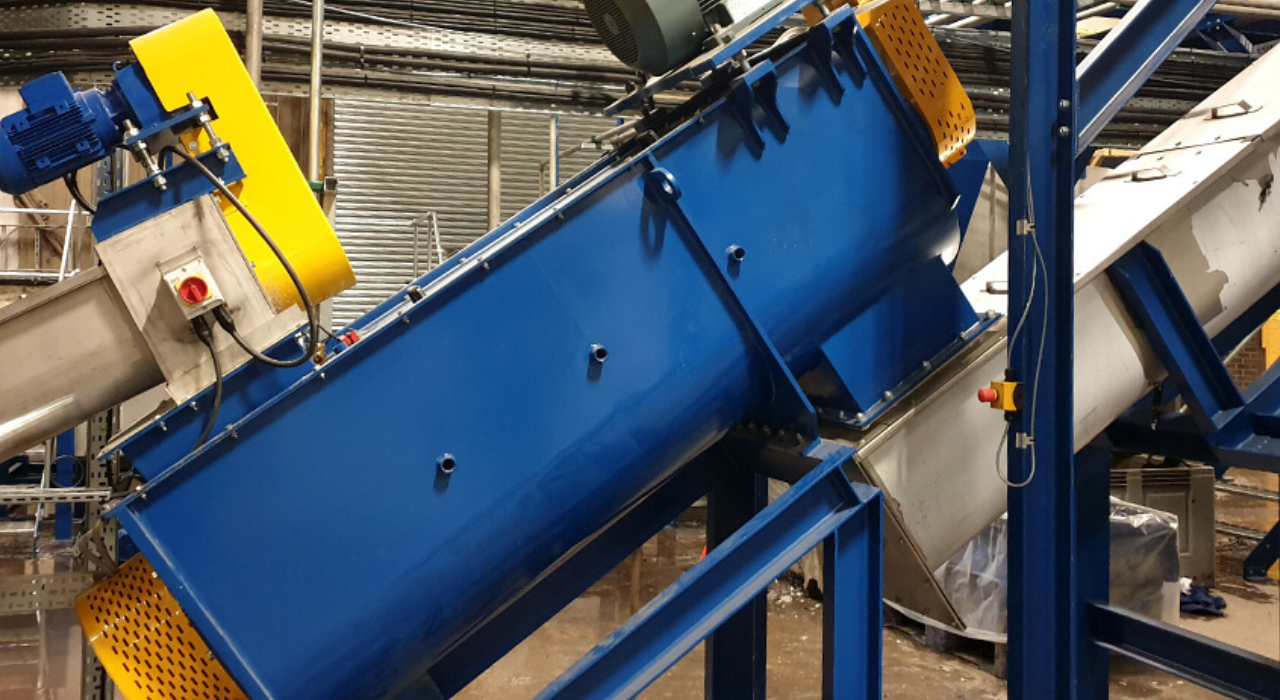Plastic recycling washing lines are crucial in the recycling technique, designed to easily prepare plastic waste for reuse. Their versatility lies in dealing with various styles of plastic, from pet bottles to HDPE bins, ensuring efficient separation of contaminants like labels and dirt. This versatility makes them critical in facilities processing combined plastic streams.
Their reputation stems from their role in sustainable practices, lowering landfill waste and preserving sources via remodeling used plastics into raw substances for brand-new products. Modern washing lines incorporate advanced technology like centrifugal drying and warm washing to achieve high purity degrees, meeting stringent and pleasant standards for recycled plastic pellets used in production.
Key features frequently encompass modular designs for scalability, sturdy construction for sturdiness, and automation for operational efficiency. As improvements hold to enhance performance and output, plastic recycling Washing Line remain pivotal in the international effort toward a round economy. Industries starting from packaging to automotive depend upon those structures to fulfill environmental guidelines and company sustainability dreams.
Maintenance Tips for Washing Lines for Plastic Recycling
Plastic recycling washing lines are cutting edge frameworks intended to deal with and clean different kinds of plastic waste. To make certain those traces perform efficaciously and sustainably, ordinary maintenance is vital. Right upkeep not only prolongs the lifespan of the equipment but also enhances its performance, reduces downtime and guarantees constant output high-quality.
Regular Inspections
Normal inspections are important for the best overall performance of plastic recycling washing traces. Those inspections contain thorough exams of mechanical and electric components, in addition to the water device. By identifying and addressing problems together with wear, damage, or blockages promptly, operators can prevent downtime and maintain consistent operations. Everyday inspections also make certain that the device operates at top performance, contributing to the general effectiveness of the recycling procedure and the first-class recycled plastic output.
Cleaning and Lubrication
Cleaning and lubrication are vital components of maintaining plastic recycling washing traces. Everyday cleansing gets rid of particles and contaminants from conveyor belts, screens, and different additives, stopping build-up that could impair performance. Right lubrication of transferring parts, including bearings and chains, reduces friction and wear, extending their lifespan. Those preservation practices not only enhance operational performance but also contribute to attaining constant and superb output within the recycling procedure.
Calibration and Adjustment
Calibration and adjustment make certain the plastic recycling washing line operates at its highest overall performance. This entails adjusting the most useful temperatures for cleansing, adjusting conveyor speeds, and fine-tuning agitation ranges to the type and throughput of plastic being processed. Through regularly calibrating and adjusting the equipment, operators maximize the effectiveness of the washing line in putting off contaminants and getting ready plastic waste for recycling.
Preventive Maintenance Schedule
A preventive maintenance agenda is essential for ensuring the reliability of plastic recycling washing traces. It includes day-by-day visual inspections, weekly cleansing and lubrication, monthly assessments and calibrations of main components, and an annual overhaul if needed. This proactive approach facilitates saving unexpected breakdowns, extends the gadget’s lifespan, and guarantees constant overall performance in processing plastic waste, thereby assisting efficient recycling operations.
Training and Documentation
Schooling and documentation are important for the powerful operation and maintenance of plastic recycling washing lines. Operators must get complete schooling on device use, safety protocols, and renovation techniques. Distinctive documentation of renovation sports, maintenance, and adjustments helps tune system history and ensure compliance with operational requirements. With the aid of an investment in training and keeping correct facts, operators can improve safety, optimize performance, and extend the lifespan of the showering line.
Safety Considerations
Safety concerns are paramount in maintaining plastic recycling washing strains. Imposing lockout/tagout techniques prevents accidental startups throughout the renovation. Operators have to put on appropriate non-public defensive equipment (PPE), along with gloves and goggles, to mitigate dangers. Regular safety audits and schooling periods ensure compliance with safety protocols. Through prioritizing protection, operators reduce dangers, defend employees from injuries, and keep a safe working environment conducive to green recycling operations.
Summary
Preserving a plastic recycling washing line needs a proactive upkeep method. By following a preservation-based routine, operators ensure green operation, maximize gadget lifespan, and bolster sustainable recycling efforts. This approach includes everyday inspections, cleansing, lubrication, calibration, and adherence to safety protocols. With diligent renovation, those washing lines play a vital role in processing plastic waste correctly and contributing to environmental sustainability via recycling projects.
